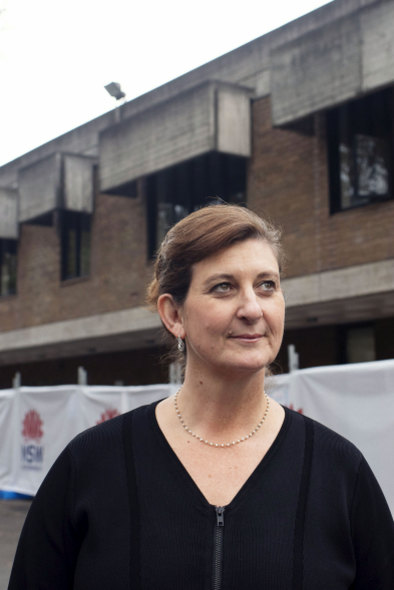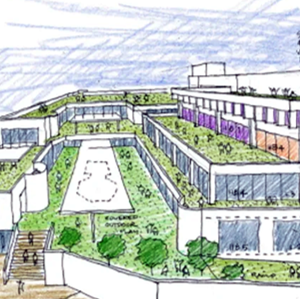Lindfield Learning Village
Is this the future direction of education?
Lindfield Learning Village is set to turn learning ‘on its head’ with a completely different approach to education.
The Learning Village is situated on the Ku-ring-gai site of the old University of Technology in Sydney, NSW Australia.
It has received $40 million dollars to convert the old site into a new age education centre, unlike anything seen before in traditional education in Australia.
The Learning Village will not have classrooms, year levels, exams, designated timetabled classes or bells to start and finish learning.
Information from the school indicates:
“The Educational model for Lindfield Learning Village is designed to create independent, resilient learners who possess the learning dispositions required for success in their life within and beyond school. Lindfield Learning Village is a comprehensive, inclusive school for students of all ability levels. We seek to foster creativity and critical reflection in students to empower them as problem-solvers and entrepreneurial thinkers.”
Prospective parents are excited, with more than 1200 turning up for information evenings and local residents emailing the school with words like ‘excited’ in the subject line.
With its central location, it is expected that the Learning Village will be able to work with surrounding universities and businesses to create partnerships. The Village is also talking with the Aboriginal Education Consultative Group (AECG) about indigenous names for some of the learning spaces as well as educational programs and themes.
Lindfield Learning Village opened its doors for the school year in January 2019, with full capacity enrolments and hundreds of students on waiting lists, with the school catering for children from kindergarten to Year 10.
In 2020 it is expected that Lindfield will extend enrolments up to Year 12.
The school has also received interest from parents outside Australia because of its innovative approach to learning.
More information about the learning environment and the type of student this would suit can be found here:
Students are expected to take responsibility for their learning and will also be involved in mentoring other students. There will be assessments, but not in the traditional sense.

Photo Credit: Christopher Pearce
Students will take part in project style learning where all disciplines are considered at the same time, rather than specific English, Maths or Science classes being timetabled.
Without classrooms, students will meet at what are being called, ‘waterholes’, ‘campfires’ and ‘caves’. These metaphors are being used to describe the style and location of different learning places. ‘Waterholes’ will be for a larger group of students for group instruction, smaller groups will meet at ‘campfires,’ to work alongside teachers and children can work independently in smaller spaces called ‘caves.’
Students will progress in their learning when they have reached milestones rather than progression simply being determined by age. Principal Ms McConnell explains “A student might choose a particular point in time when they feel they can demonstrate the learning required to meet a particular learning outcome.”
Information on the education model in detail can be viewed here:
https://www.schoolinfrastructure.nsw.gov.au/projects
/l/lindfield-learning-village.html
It is expected that the curriculum and the school itself will be fluid, changing and learning from experiences as they happen. Students will be involved in not only how and when they learn, but will also design their own uniform and have input into the school motto.
Lindfield Learning Village already has its sceptics. However, with maximum capacity enrolments and the huge interest in this new approach to education, it is filling an obvious need for a new approach to education.
I for one, can’t wait to see how this new and much-needed development in Education and teaching unfolds.




















This sounds like Montessori. My son is in his 30s now and I am so happy I was able to fund his education at a wonderful Montessori school that shaped his life. Apart from Montessori and Steiner (Waldorf), education has hardly changed in hundreds of years. Any wonder so many families have voted with their feet and are home schooling?
I assume it’s private? If so, the only people who will have access will be the rich. Unfortunately, it will be out of reach for many, many students who need it. Why can’t we build public schools like this?